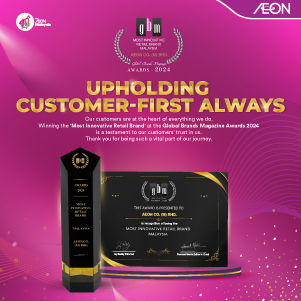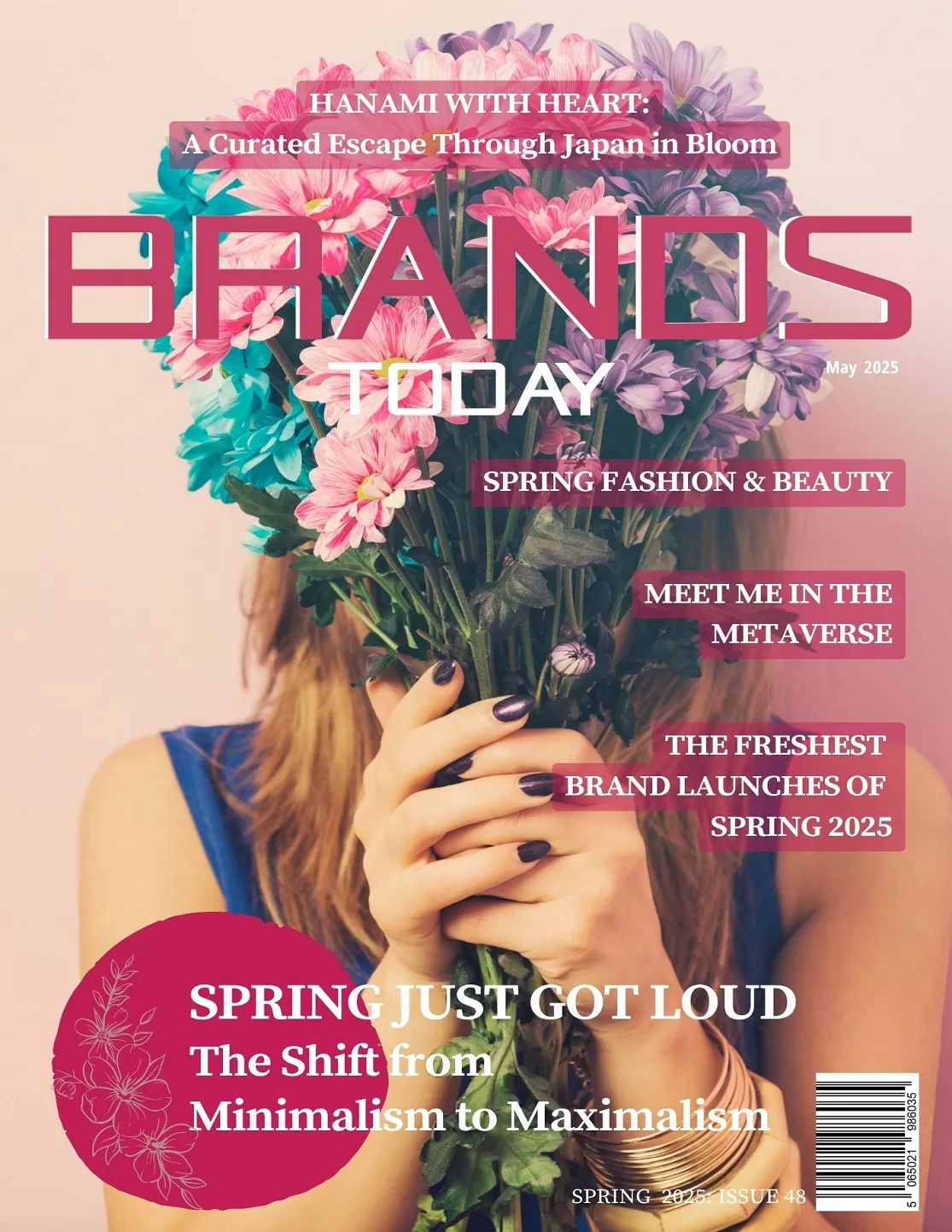Fashion
Superfine and Unapologetic: How Black Style Commanded the Met Gala 2025
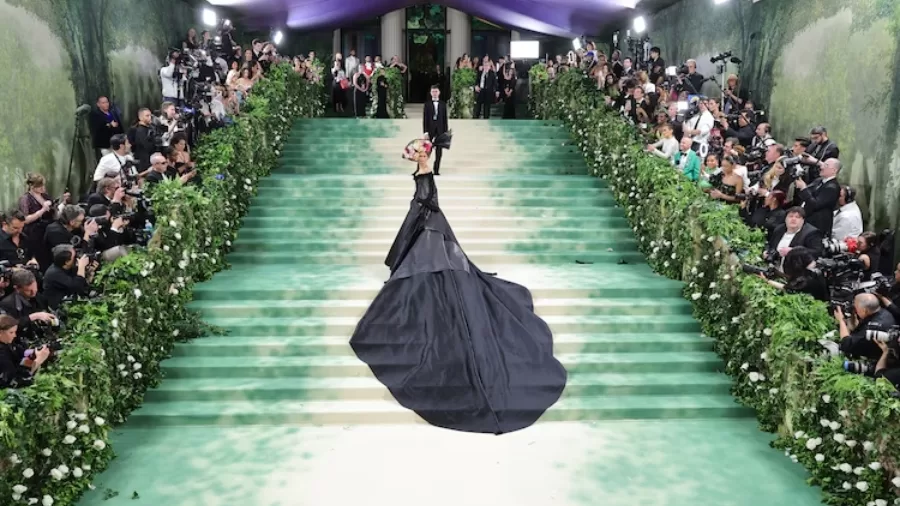
- The 2025 Met Gala raised over $25 million in support of the Metropolitan Museum of Art’s Costume Institute, spotlighting the theme “Superfine: Tailoring Black Style”, which honoured the legacy of Black dandyism and global tailoring traditions.
- Major style moments included Tyla in Balmain, Pharrell in Louis Vuitton, and Doechii in Grace Wales Bonner, as brands used the red carpet to tell deeper cultural stories through design and craftsmanship.
It’s the First Monday in May
And we all know what that means. The Met Gala descends once more upon the steps of the Metropolitan Museum of Art in New York, transforming Fifth Avenue into a catwalk where celebrities, designers, and cultural icons converge for fashion’s most anticipated night.
This year, the energy felt more grounded, less about flamboyant spectacle and more about intention, heritage, and identity. With the theme “Superfine: Tailoring Black Style”, the 2025 Met Gala delved deep into Black dandyism’s historical and cultural legacy, paying tribute to the centuries-long relationship between Black identity and tailoring.
A Brief History of the Met Gala
The Met Gala, formally known as the Costume Institute Benefit, began in 1948 as a fundraising event for the Metropolitan Museum of Art’s Costume Institute in New York City. Initially, it was a modest society gathering organised by fashion publicist Eleanor Lambert. Over the decades, under the stewardship of Vogue and Anna Wintour, it has evolved into a global fashion spectacle and one of the most exclusive cultural events on the calendar.
Its primary purpose remains charitable: to fund the Costume Institute’s exhibitions, acquisitions, and operations. Each year’s Gala marks the opening of a new exhibition, with a theme that dictates the night’s dress code and often sparks wider cultural conversations.
The Met Gala now raises millions annually, with the 2024 event reportedly generating over $25 million. Individual tickets are said to cost upwards of $50,000, and tables can run over $300,000, placing the event firmly at the intersection of fashion, celebrity, and high philanthropy.
But it’s not just about money. The Gala has become a powerful moment of cultural storytelling, where fashion becomes a medium through which identity, politics, history, and imagination are explored. Its red carpet, unlike any other, is curated not just for glamour but for narrative and impact.
What the Theme Really Meant
“Superfine” refers to a luxurious, high-quality wool fabric, but the reference extended far beyond textiles. It served as a metaphor for the refined, deliberate ways Black individuals have used clothing not just to dress, but to express, reclaim, and define identity across time.
Curated by Andrew Bolton, with guest curatorship by Monica L. Miller, the exhibit accompanying the Gala unfolded like a visual essay, chronicling the evolution of Black fashion from the 18th century to the present. It drew heavily from Monica L. Miller’s groundbreaking work Slaves to Fashion, exploring how Black men and women, often excluded from dominant fashion narratives, developed a distinct and dignified style that was both a form of resistance and personal storytelling.
Through garments that ranged from formalwear to streetwear, the exhibition asked viewers to consider what it means to be seen—and how tailoring has historically offered Black communities a way to claim visibility, respect, and self-worth.
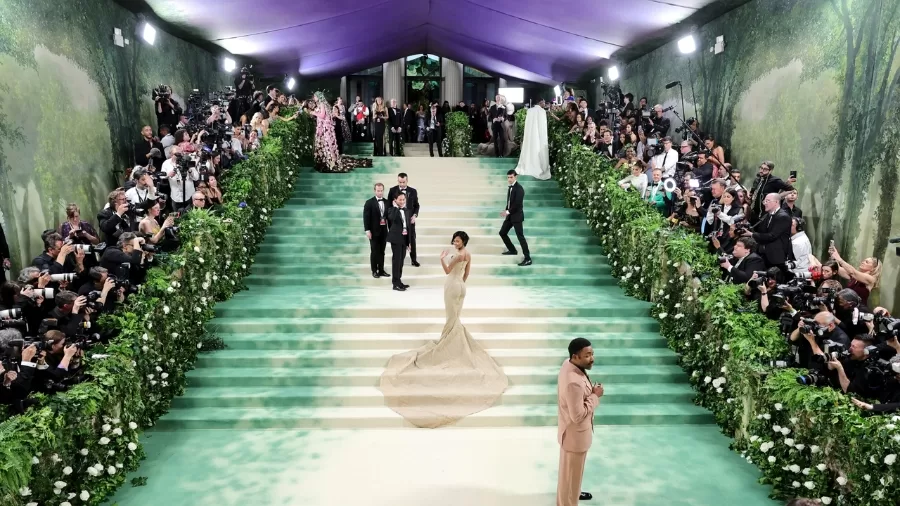
Why It Mattered
Tailoring has never just been about fabric or fit; for many, it’s been about survival, strategy, and standing one’s ground in a world eager to define you. This year’s Met Gala did more than dress its guests in sharp silhouettes—it spotlighted how style has functioned as protest, performance, and power.
Fashion, in this context, wasn’t neutral. It was political, historical, and deeply emotional. On the red carpet, this message was embodied in looks that balanced elegance with purpose. You could sense it: people weren’t just dressing up; they were dressing with meaning.
The Co-Chairs and Their Cultural Significance
The co-chairs said everything about the direction of this year’s event. British Formula 1 champion Lewis Hamilton, known for his advocacy of diversity in motorsport and fashion, stood alongside A$AP Rocky, Pharrell Williams, Colman Domingo, and the ever-present Anna Wintour. Together, they represented different facets of global Black excellence, from music and film to sport and design.
LeBron James, who served as honorary chair, added further depth, anchoring the event’s focus on Black masculinity, heritage, and modern power.
Lewis Hamilton’s presence as a co-chair brought notable British representation to the Met Gala 2025. Known for his growing influence in both motorsport and fashion, his involvement underscored the event’s commitment to inclusivity and global cultural perspectives without drawing premature conclusions about his fashion choices.
Style Highlights from the Red Carpet
As the event unfolded, several attendees made headlines with looks that embodied the evening’s core themes. These style moments weren’t just fashionable—they were intentional, reinforcing the cultural focus on tailoring and identity.
- Tyla appeared in a sculptural look by Balmain’s Olivier Rousteing, which drew from African art references, blending heritage with craftsmanship.
- Pharrell Williams, in his role as Louis Vuitton Men’s Creative Director, wore a sharply tailored Western-inspired outfit that nodded to Americana while staying true to the theme.
- Doechii was seen in a striking ensemble from Grace Wales Bonner, known for blending British tailoring with West African influences.
- Colman Domingo chose a velvet tuxedo crafted by Dapper Dan for Gucci, reaffirming Harlem’s place in the high-fashion conversation.
These fashion moments showed that tailoring, when executed with intention and respect to cultural roots, can carry as much narrative weight as it does style.
Tailoring Leads the Red Carpet
Gone were the oversized trains and glittering excess that often define the Gala. In their place stood structure, balance, and intentional detail. Tailoring didn’t just feature—it led.
And it wasn’t just men who embraced the cut of a jacket. Women arrived in tuxedo-inspired dresses, waistcoats, and lapels reimagined with feathers or metallic flourishes. Gender lines blurred, but not in a performative way. These were garments that felt real, wearable, and grounded in history.
Imagine Grace Jones walking into a modern atelier or a Harlem tailor dressing a Paris runway. That’s the kind of synthesis the evening delivered.
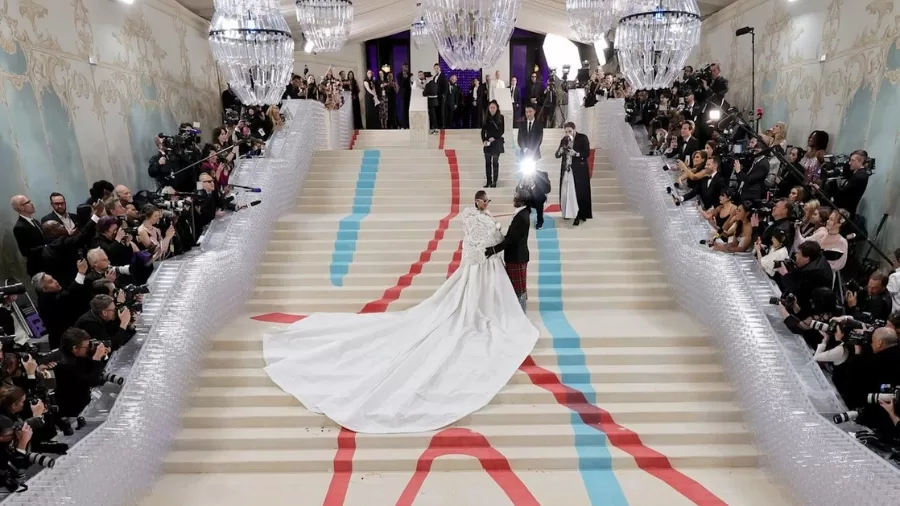
What Fashion Brands Should Take Away
For fashion brands watching from the sidelines—or vying for relevance—this year’s Met Gala was full of practical lessons.
- Stories are your strongest asset
The most memorable looks were those with a clear narrative. A well-cut blazer or a bold accessory means more when it’s tied to a story that resonates. - Tailoring is making a comeback
After years of oversized everything, people are craving shape, proportion, and presence. Structured pieces are no longer optional—they’re foundational. - Global identity isn’t a niche trend
African, Caribbean, European, and American aesthetics merged seamlessly. Your brand strategy should reflect this reality, not as an add-on but as a core philosophy. - Subculture is shaping the mainstream
Elements from ballroom culture, Black dandyism, and diasporic style are no longer underground—they’re defining what’s cool and what’s next.
How to Move Forward
Brands can’t afford to be passive. Collaborate with the people driving cultural narratives. Elevate stylists, designers, and image-makers who bring real perspective.
Review your campaigns. Are you just borrowing visual codes from culture, or are you actively participating in it? Are your creative teams representative of the audiences you hope to reach?
Whoever invests in culture these days is a winner for the future.
In itself, the Met Gala 2025 was more than just an interesting look. It was also a source of memory.
The fashion community has a past; digging into it, one finds they never entirely dispatch except in lovely material. Instead, one finds meaning, memories, and the individuals who have kept fashion important forever.
If one looks closely, they will notice this occasion is more than just a particular highlight. It is a blueprint.



































